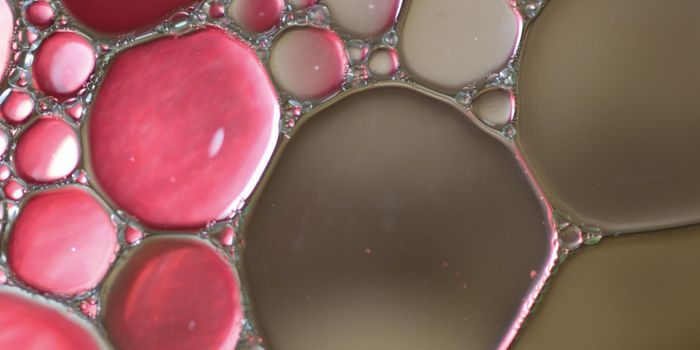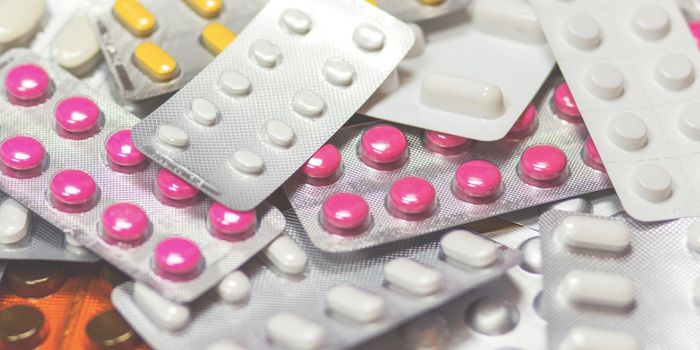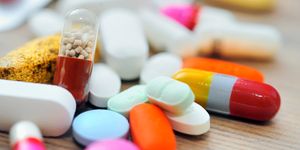As you can see in the video below, doctors and scientists have been intrigued by the effect gastric bypass surgery has on diabetes for several years. The microbiome – the community of microorganisms that lives in the human intestinal tract - continues to be implicated in a wide variety of health conditions and diseases, and a new study has confirmed that gastric bypass surgery correlates with changes in the gut microbiome, improved insulin sensitivity and glucose tolerance in a mouse model of type II diabetes mellitus (T2DM).
The work has been published in The American Journal of Pathology.
Discussing the study, lead investigator Xiang Gao, of the State Key Laboratory of Pharmaceutical Biotechnology and MOE Key Laboratory of Model Animal for Disease Study, the Model Animal Research Center, Nanjing Biomedical Research Institute and the Collaborative Innovation Center of Genetics and Development, Nanjing University, says that "our research showed that duodenum-jejunum gastric bypass (DJB) surgery may be applied to cure diabetes of both genetic and environmental [diet-induced] origin.”
“We found that DJB surgery induced gut microbiota alterations, which may be the key reason for diabetes remission after bariatric surgery. Our data indicate that suppressed inflammation is the result, not the cause, of diabetes reversal in these genetically modified mice."
The researchers utilized a mouse model of T2DM that display key symptoms of the disease including metabolic inflammation, insulin resistance, high blood levels of lipids, and obesity. The disorders occur because of a genetic mutation in the mice in that result in low levels of a signaling molecule called brain-derived neurotrophic factor (BDNF), an important regulator of both metabolism and brain function.
"Our findings suggest that BDNF deficiency-induced diabetes can be reversed by DJB surgery in mice, which has potential for the treatment of diabetes in humans," explained Dr. Gao. He and his research team discovered the incredible effects of DJB surgery. Without altering BDNF expression, the metabolic abnormalities seen in diabetes were reversed! Tolerance to glucose was improved, the animals became more sensitive to insulin and there was a reduction in fat accumulation in both liver and white adipose tissue. Within two weeks of the surgery, insulin sensitivity reached normal levels and stayed there for at least eight weeks.

Inflammation likely plays a crucial part in obesity and T2DM. Significant reductions in inflammation were seen in the liver and adipose tissue eight weeks after bypass surgery. However, this decrease was observed after insulin sensitivity improved. "These results indicate that the alleviation of inflammation was not the direct cause of the improvement in insulin sensitivity that resulted from bypass surgery," said Dr. Gao.
Interestingly, it was found that metabolic improvements and changes in gut microbe abundance came before the attenuation of inflammation following DJB surgery. Additionally, the researchers suggest that reduction in inflammation might not be the initial cause of the metabolic and microbiota alterations associated with the surgery. The changed microbiome could be what’s increasing BDNF protein levels in the hypothalamus and hippocampus.
The microbiota of mutated mice after bypass surgery showed less pathogenic bacteria and more beneficial microbes that coincided with better metabolic responses to food, but how this is all working is not understood. "More mechanistic studies of gut microbiota alterations after bypass surgery are needed to explain how different families of microbiota may regulate nutrient metabolism in the host," concluded Dr. Gao.
Sources:
Science Daily via
Elsevier Health Sciences,
The American Journal of Pathology











